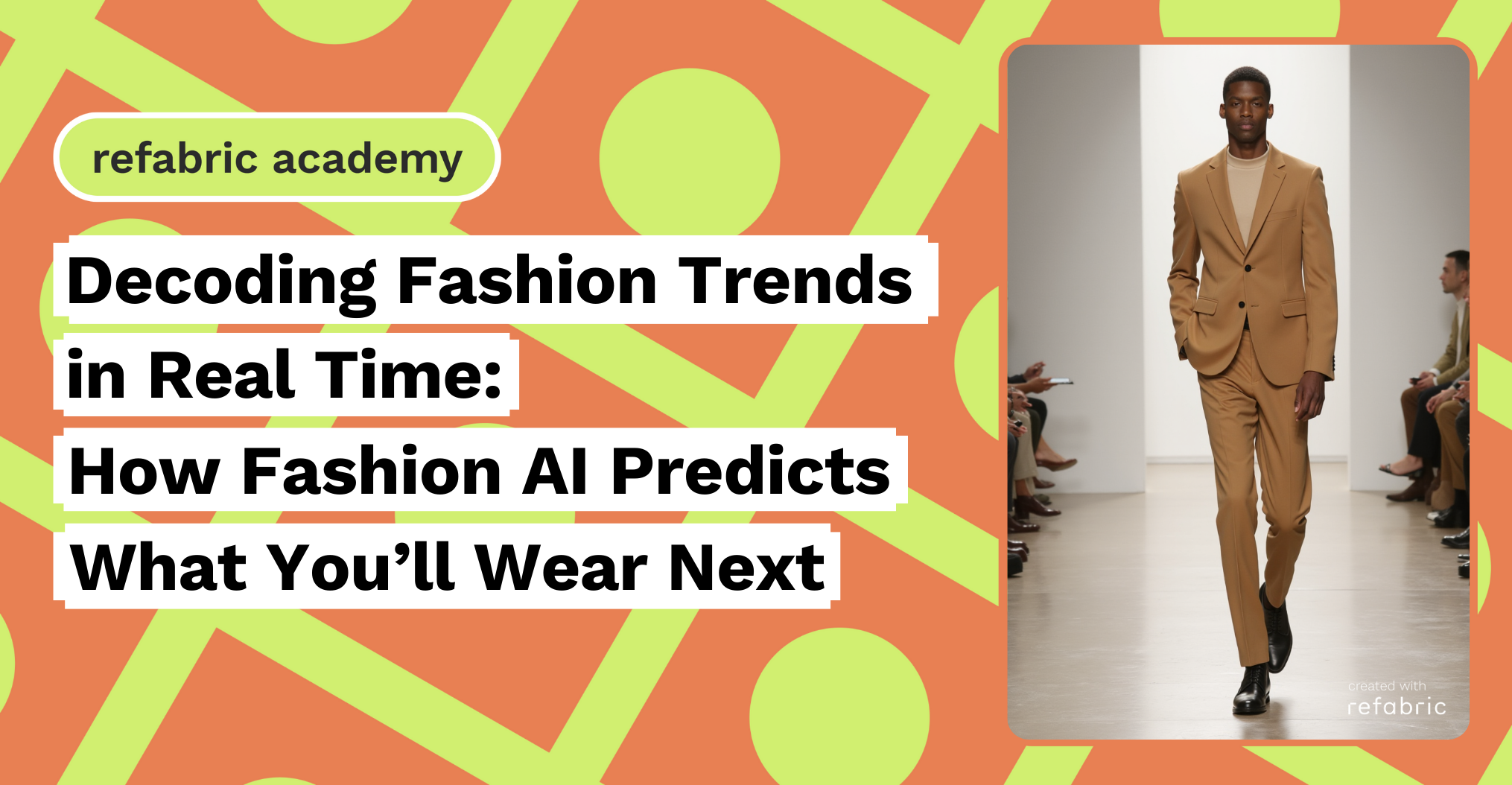Fashion AI is revolutionizing the way the fashion industry identifies and responds to trends that are fleeting moments of cultural and aesthetic inspiration that define what we wear each season. Traditionally, designers and brands have relied on intuition, historical data, and runway success to anticipate consumer preferences. However, this process often takes months, risking trends losing momentum before products reach stores. With its ability to harness real-time data analysis and forecasting, fashion AI is a game-changing technology, predicting what you’ll wear next and reshaping how seasonal collections are designed and delivered.
The Shift to Real-Time Trend Analysis
Fashion AI is transforming trend forecasting by analyzing vast amounts of data from diverse sources in real time. Social media platforms, search engine queries, e-commerce activity, and even weather patterns are now critical inputs for AI algorithms. These systems can identify emerging patterns, predict demand, and pinpoint micro-trends that traditional forecasting methods might overlook.
For example, an AI tool might notice a spike in searches for “metallic dresses” after a major celebrity is spotted wearing one. This insight enables brands to act swiftly, incorporating similar designs into upcoming collections or adjusting production to meet demand while the trend is still hot.
How Fashion AI Predicts Trends
Fashion AI tools leverage machine learning and big data analytics to decode consumer behavior and cultural signals. Here’s how they shape the future of fashion forecasting:
- Social Media Monitoring
Platforms like Instagram, TikTok, and Pinterest have become virtual runways where trends are born. AI algorithms analyze hashtags, posts, and engagement metrics to track the rise of specific colors, fabrics, silhouettes, and styles. This enables brands to respond to consumer preferences almost instantly. - E-Commerce Insights
AI systems monitor e-commerce data to understand purchasing behaviors. By analyzing what’s selling, what’s sitting in virtual carts, and what’s being returned, brands gain a clear picture of consumer demand. This data allows for informed decisions on inventory management and design adjustments. - Cultural and Regional Adaptation
Fashion AI doesn’t just identify global trends, it also tailors them to specific regions and cultural preferences. For instance, a trend popular in Europe may not resonate in Asia. Fashion AI tools analyze regional data to ensure designs align with local tastes, maximizing the appeal of seasonal collections worldwide. - Influencer Impact Measurement
Influencers play a significant role in setting trends. AI tracks their posts, collaborations, and audience reactions, measuring the impact of specific styles and items. This provides brands with actionable insights on which influencer-driven trends to prioritize.
A New Era of Trend Forecasting
Fashion AI is ushering in a new era where trends are no longer dictated solely by designers or industry insiders. Instead, they are shaped by real-time consumer data, cultural movements, and global preferences. This democratization of trend forecasting ensures that seasonal collections are not only timely but also deeply resonant with the people who wear them.
As AI continues to evolve, the line between prediction and creation will blur further. In the future, fashion AI may not just predict what you’ll wear next, it may even help define what trends are worth creating, heralding a new age of collaboration between technology and creativity.
